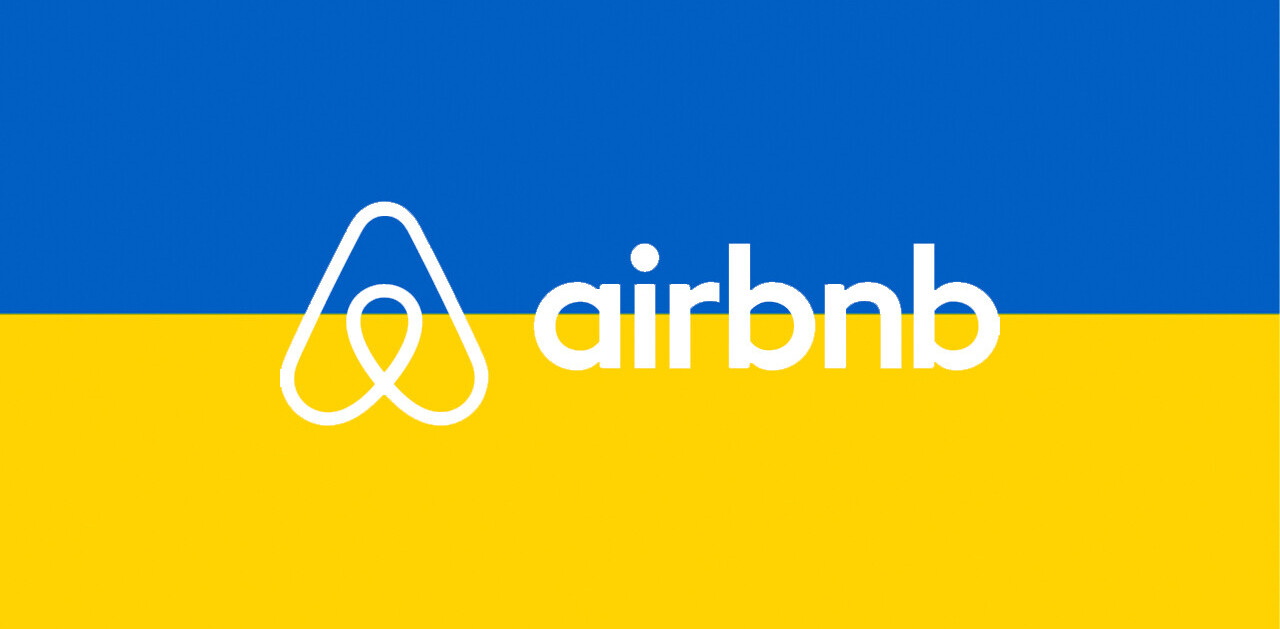
Change can be a true challenge for major brands. The planning, resources, budget, time and sheer willpower that goes into major launches, branding exercises and technical transitions can be enough to scare off even the most enthusiastic and innovative marketer.
Recently, Neustar launched its own branded Top-Level Domain (TLD): ‘.neustar’. This means that our online presence has moved from neustar.biz to home.neustar. We also moved our staff emails to @team.neustar addresses, integrated a custom .neustar URL shortener into our social posts and much more to roll out our new digital identity.
We’re one of the first to fully transition to our branded Top Level Domain, and the lessons learned from our launch can be applied by any brand looking to roll out their own TLD – or in fact, taking on any major change project that impacts their brand identity.
1. C-Level support is key
Launching a brand TLD meant we needed input from IT, Legal, Marketing, Customer Support and many, many more parts of our business. In order to get approval to use this much time, money and people-power, we needed support of the project from the very top.
We’re fortunate that our CEO Lisa Hook is exceptionally forward-thinking and supported our move to .neustar and this flowed down through senior leadership. We were able to do this by truly demonstrating the value of the move for our customer relationships, digital security, advertising effectiveness and brand equity. If we’d focused just on our domain naming structure or the complexities of our email setup, it would have been a much harder sell.
In any major project, transition or launch, failing to get buy-in from the decision makers can cause you to stumble at the very first hurdle. Consider who can be your program champion and make sure to give them every reason to have your back.
2. Planning for the plan
We had an incredibly detailed plan for how we’d launch our .neustar TLD. But before we could even develop this, there was a plan for all the information we needed for the plan.
This involved steps like auditing our website content, benchmarking metrics so we could compare to new performance, noting all the systems and environments that would be impacted so we can plan for each of them, identifying staff that would need communications materials or training and much, much more.
It’s important to remember that no branding exercise or digital project exists in a vacuum. Considering it from all angles before you launch into planning will help prevent nasty surprises when you’ve gone too far to back out.
3. Keep everyone in the loop
There are three things that are vital to a successful change in a big brand: communication, communication, and communication. Our Corporate Marketing and Customer Support teams were at the center of this: both internally and externally.
Not only were they the key people responsible for communicating the change to our clients, partners and other stakeholders; but they needed to be well-versed in the changes in order to answer questions from staff and leadership, and to deal with any issues as they arose.
In the case of major changes, you can rarely go wrong by over-communicating. Ensuring people feel informed and included limits the likelihood of confusion and complaints.
4. Setting measures for success
There are only around 550 brands in the world who have secured a brand TLD, and while over 11,000 domains have been created with unique branded extensions, very few organizations have transitioned so fully to their TLDs. So we couldn’t compare our campaign with others to judge its success.
Instead, we set clear parameters around what ‘success’ meant for us: in terms of website performance, SEO ranking, engagement with campaigns, budgetary measures and more. Some of these could be measured at launch, and others will become more apparent over time.
It’s impossible for a project to truly succeed if you have no way to judge that success. Avoid the risk of confirmation bias and ensure you have clear, measurable goals before you start on any branding exercise.
5. Timing is everything
We very carefully considered the timeline for launching .neustar. While we were confident we’d done our due diligence and had a solid plan, we decided to use a staged process to roll out the TLD – testing some sites, rolling out .neustar email addresses to small groups of staff, and then progressing to a ‘soft launch’ before we started publicly promoting the new domain.
Timing can be the clincher in big, technical transitions and projects. Making this a solid part of the plan ensures everyone knows what is happening and when, and mitigates a lot of risk.
6. Test, assess, repeat
When a project ‘goes live’, that is by no means the end of the road. We made sure we were aware of the warning signs that would alert us to issues, and we empowered internal test groups and champions who could relay thoughts and suggestions from our staff. Especially given there were few previous examples we could look to and learn from, with each step we took we reassessed its success, failure or otherwise and used this to inform our next move.
Leaving a project to its own devices immediately after a big launch could leave you open to major risks as it evolves ‘out in the open.’
7. Being nimble
This last point goes without saying. Salesforce CEO, entrepreneur and author Marc Benioff said “you must always be able to predict what’s next and then have the flexibility to evolve.” Especially in the world of technology, and with such a new asset as a brand TLD, it was essential that we moved with the current and adapted to feedback. Even the best-laid plan can’t survive if you refuse to waiver from it in the face of obstacles, mistakes or challenges.
Get the TNW newsletter
Get the most important tech news in your inbox each week.






